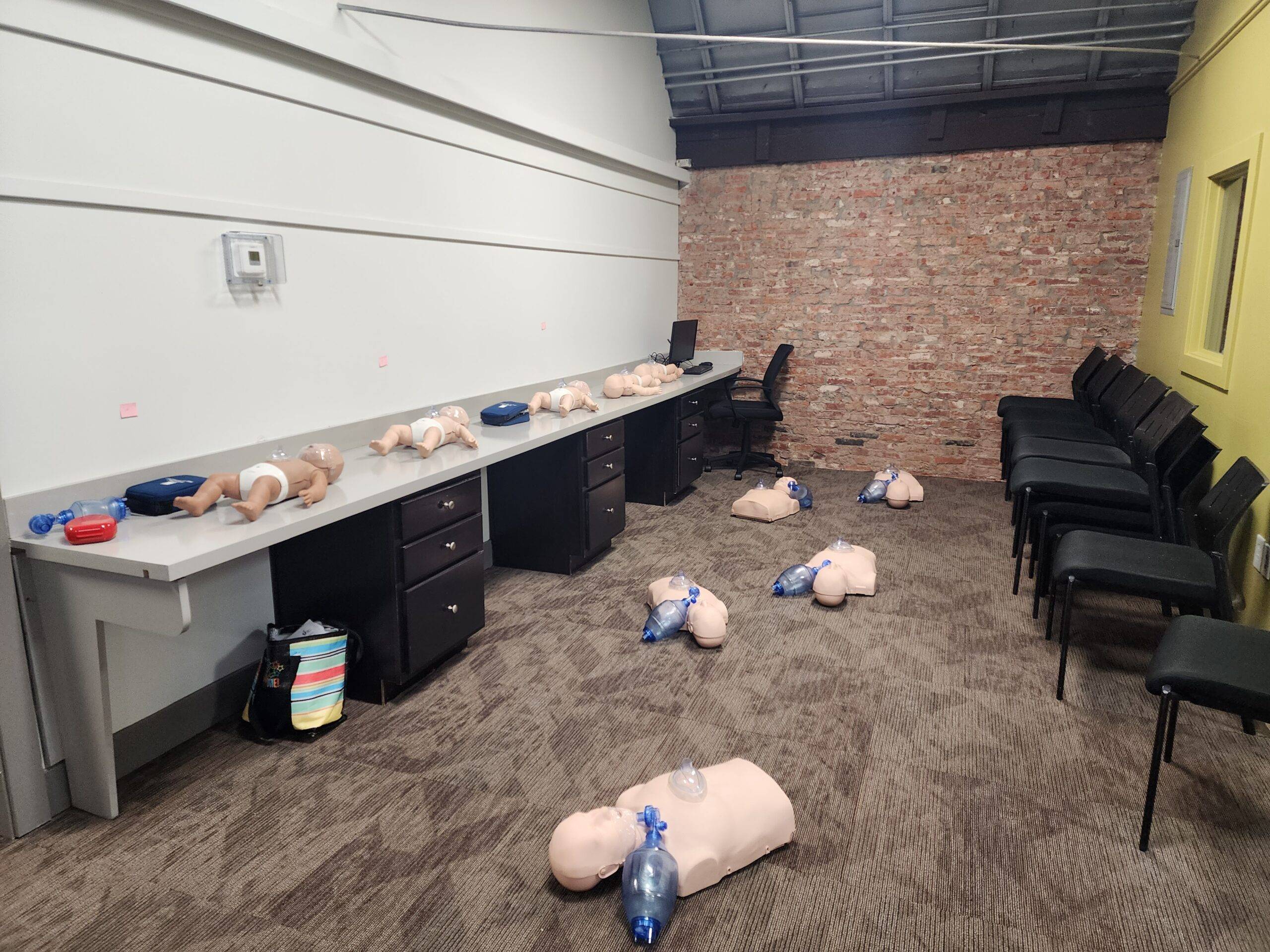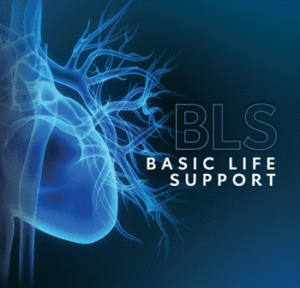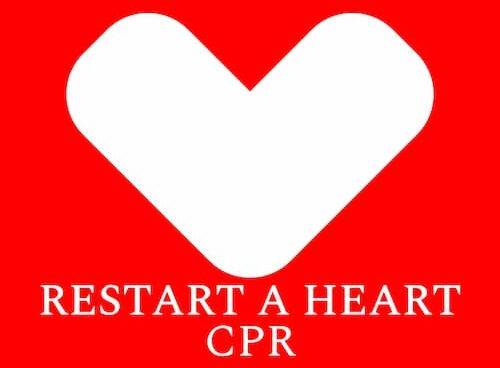
Types of CPR Training
1. AHA BLS for Healthcare Providers
Who should take a BLS CPR course?

American Heart Association’s BLS course is designed for professionals in the medical field, where they will learn how to identify life-threatening emergencies and be able to appropriately respond with high-quality chest compressions, deliver respiratory care, and promptly utilize an AED. Attendees will learn the skills needed to provide basic cardiovascular life support skills until advanced medical professionals arrive to take over in an emergency situation. A key focus in this class is the ability to work as a team to help provide life-saving care to an individual who requires CPR.
2. AHA HeartSaver CPR & AED (Infant/Child/Adult)
Who should take the HeartSaver CPR & AED Course?

This course is geared toward anyone with limited medical training who may require certification to fulfill education or workplace requirements/regulations. In this course, you will learn how to respond quickly and effectively to provide quality CPR (compressions and breaths) on an adult, child and infant, while also familiarizing yourself with the appropriate steps in utilizing the Automated External Defibrillator (AED).
What does this course teach?
- Describe how high-quality CPR increases rate of survival
- Explain the concepts of the Chain of Survival
- Assess and recognize when someone needs CPR
- Perform high-quality CPR for an adult, child & infant
- Describe how to perform CPR with help from others
- Give effective breaths using mouth-to-mouth or a mask for all age groups
- Demonstrate how to use an AED on an adult
- Describe when and how to help a choking adult, child & infant
3. AHA First Aid

The American Heart Association First Aid training can help anyone who has no previous medical training obtain the knowledge and practice the skills to administer first aid basics. Topics covered include:
- Preventing illness or injury
- Recognizing stroke or heart attack
- Breathing problems
- Poison, heat and cold exposure
- Broken bones
- Bleeding wounds
- Allergic reactions
- Head, neck and spinal injuries
- Burns and electrical injuries
- Seizures
- Fainting and shock
- Penetrating and puncturing injuries
